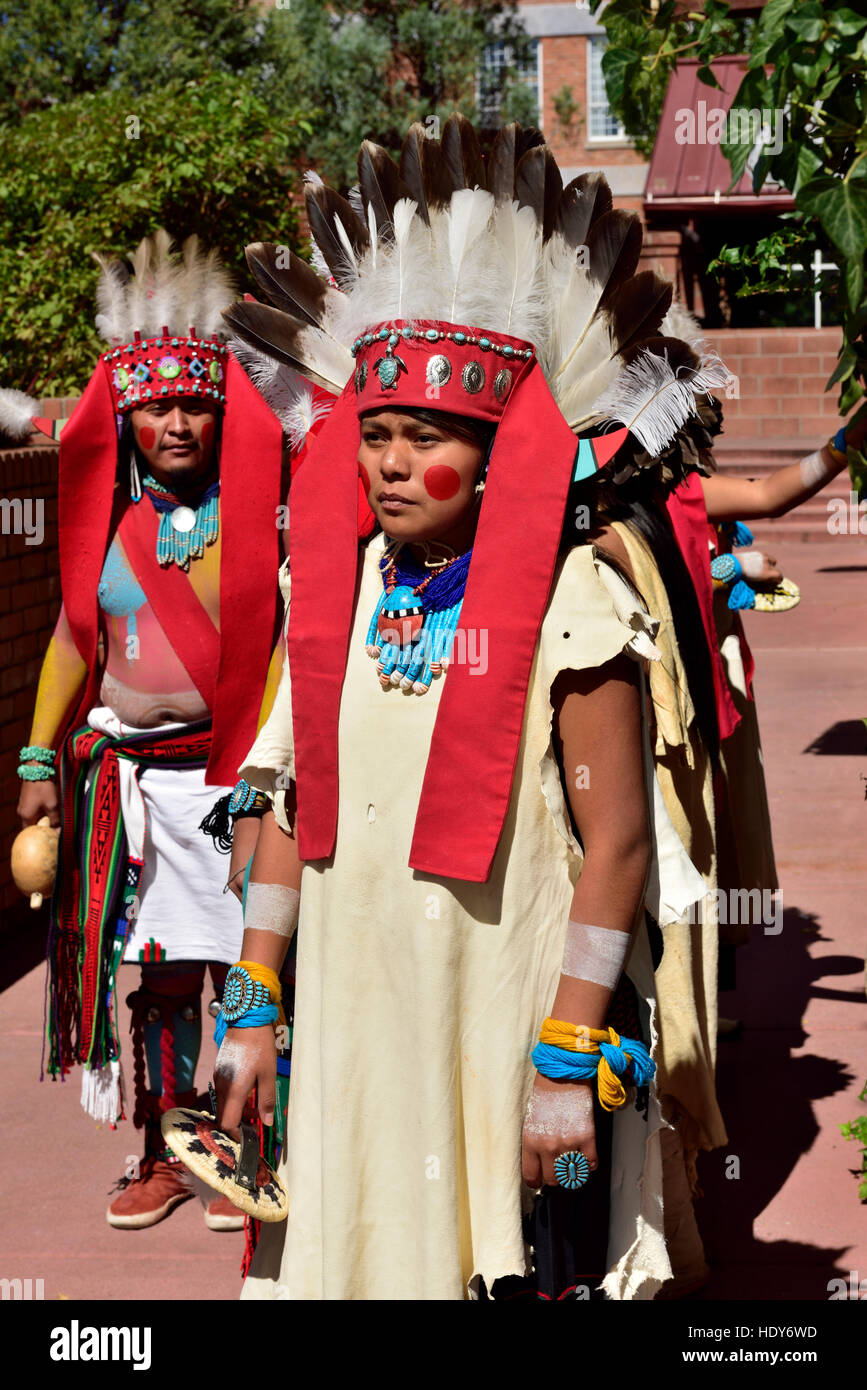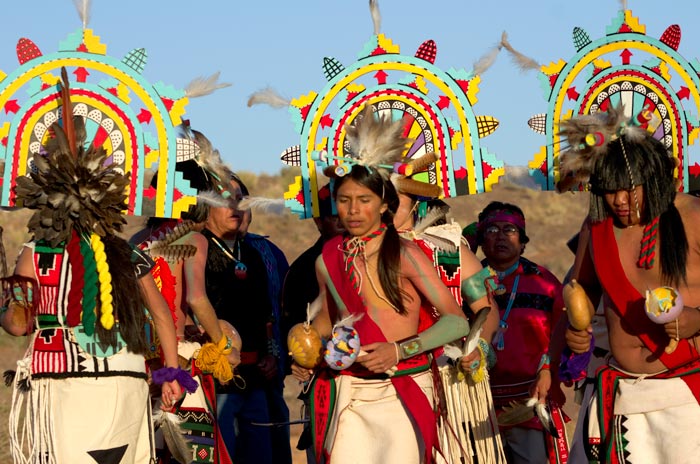
The Enduring Tapestry: Hopi Clan System, Matrilineal Structure, and Cultural Responsibilities Explained
At the heart of Hopi society, nestled atop the ancient mesas of northeastern Arizona, lies a sophisticated and profoundly resilient social structure: the clan system. Far from being a mere lineage marker, this intricate web of relationships forms the very bedrock of Hopi identity, dictating social roles, ceremonial duties, land stewardship, and individual responsibilities from birth to beyond. Central to its enduring strength is its distinct matrilineal foundation, a principle that elevates the role of women and weaves a complex tapestry of interdependence.
To understand the Hopi clan system is to grasp the essence of Hopi life itself. Unlike Western societies that typically trace descent through the father, the Hopi are matrilineal. This means that an individual’s clan affiliation, and by extension their social standing and primary responsibilities, is determined solely by their mother’s lineage. Children belong to their mother’s clan, inheriting its name, its sacred bundles, its history, and its specific duties within the larger Hopi cosmology. This structure ensures a deep, unbroken connection to ancestral lands and traditions, passed down through the female line for millennia.
The Hopi recognize numerous clans, though the exact number can fluctuate due to historical events and consolidation. Prominent examples include the Bear Clan, Spider Clan, Water Clan, Sun Clan, Eagle Clan, and Badger Clan, among many others. Each clan is associated with a specific animal, plant, natural phenomenon, or ancestral object, serving as a totemic symbol that often reflects the clan’s origin story, migration path, or primary cultural responsibility. These totems are not merely emblems; they represent a spiritual kinship and a shared history that binds clan members together. For instance, the Bear Clan, often considered one of the senior clans, carries significant responsibility for village leadership and the maintenance of certain ceremonial cycles.
Beyond individual clans, the Hopi system also incorporates "phratries," or groups of related clans that are believed to share a common ancestry or have migrated together. While distinct, clans within a phratry share a closer bond and often observe similar customs or ceremonial roles. This layered structure prevents inbreeding by dictating marriage rules – one must marry outside of their own clan and often outside of their own phratry, ensuring genetic diversity and strengthening inter-clan alliances. This exogamous principle reinforces the notion of interdependence, creating kinship ties across the entire Hopi nation.
The cultural responsibilities stemming from this matrilineal clan structure are vast and deeply integrated into daily life. Primarily, each clan is a steward of specific ceremonial knowledge and rituals. These responsibilities are not chosen; they are inherited. From the elaborate Katsina dances that bring rain and blessings, to the sacred Wuwuchim initiation ceremonies, to the complex rites for planting and harvesting, specific clans hold the "ownership" and responsibility for performing and preserving these vital spiritual practices. The head of a ceremonial lineage, often an elder male, holds the sacred bundles and esoteric knowledge passed down through his mother’s clan, acting as a custodian for the entire community.

"Our ceremonies are not just performances; they are prayers, our way of maintaining balance with the cosmos," explains a Hopi elder. "And each clan has its part, its sacred duty, passed down by our mothers and grandmothers. Without one piece, the whole picture is incomplete." This highlights the profound interconnectedness of the system: no single clan can complete all necessary ceremonies, requiring active cooperation and mutual respect among all clans to ensure the spiritual well-being and prosperity of the entire Hopi people.
Women, particularly the "Clan Mothers," hold immense authority and influence within this system. While men often serve as the public face of ceremonial leadership, it is the women who own the homes, the clan lands, and the sacred objects (though often cared for by men). A Clan Mother is the matriarch of her household and her clan, responsible for nurturing the family, preserving traditions, and often holding the ultimate decision-making power regarding clan property and affairs. She plays a crucial role in the naming of children, a process that ritually welcomes them into the clan and assigns them their initial identity within the community. Her counsel is sought on matters ranging from marriage arrangements to inter-clan disputes, embodying a quiet but formidable power that anchors the matrilineal system.
Furthermore, the clan system dictates relationships beyond the immediate family. While one belongs to their mother’s clan, the father’s clan also plays a significant, albeit different, role. Members of one’s father’s clan are considered "father’s people" and hold specific responsibilities, often acting as disciplinarians, mentors, and providers of support during life transitions such as birth, marriage, and death. This dual kinship system creates a strong network of support, ensuring that every individual is enveloped by multiple layers of family and community, reinforcing social cohesion and shared responsibility.
The connection to land is another critical aspect. Clan affiliation is often tied to specific areas of agricultural land, passed down through the female line. This communal stewardship ensures that the vital cornfields, which sustain the Hopi, are cared for across generations. The responsibility for farming, water management, and the associated prayers falls directly upon the shoulders of the clan members, cementing their physical and spiritual connection to their ancestral territory. The Hopi worldview sees land not as property to be owned in a Western sense, but as a living entity to be respected, nurtured, and lived in harmony with – a responsibility entrusted to specific clans.
In the face of relentless external pressures, including colonialism, economic changes, and the pervasive influence of mainstream American culture, the Hopi clan system has demonstrated remarkable resilience. It has served as a bulwark against assimilation, preserving a distinct cultural identity that stretches back over a thousand years. While modern life introduces new challenges – younger generations moving away for education or work, the decline of the Hopi language, and the erosion of traditional farming practices – the clan system continues to be the primary framework through which Hopi people understand themselves and their place in the world.
Efforts to preserve and revitalize the clan system are ongoing. Elders tirelessly teach the younger generations the intricate details of their lineage, the stories of their totems, and the responsibilities they will inherit. Language immersion programs and cultural preservation initiatives emphasize the importance of clan identity as a cornerstone of Hopi heritage. The system’s inherent adaptability, its ability to integrate new members (historically through adoption of other Pueblo peoples), and its deeply spiritual foundation have allowed it to persist, evolving subtly while retaining its core principles.
In essence, the Hopi clan system is far more than a genealogical chart; it is a living, breathing blueprint for social order, spiritual practice, and communal survival. Its matrilineal structure empowers women, ensures the transmission of sacred knowledge, and fosters a profound sense of interdependence that binds the Hopi people together. It is a testament to the wisdom of a culture that understands the intricate relationship between humanity, nature, and the cosmos, offering a timeless model of how identity, responsibility, and community can be interwoven into an enduring tapestry of life. As the sun rises over the ancient mesas, illuminating the cornfields below, the Hopi clan system continues its silent, powerful work, guiding its people through time and ensuring the unbroken continuity of their unique and sacred way of life.
